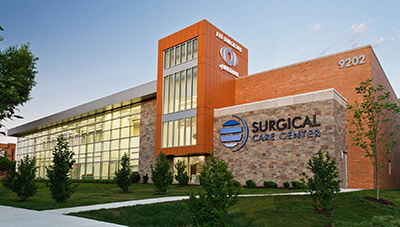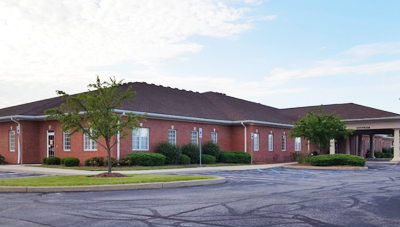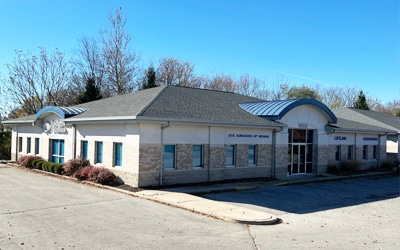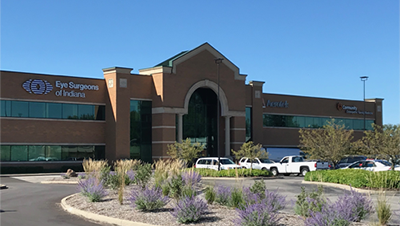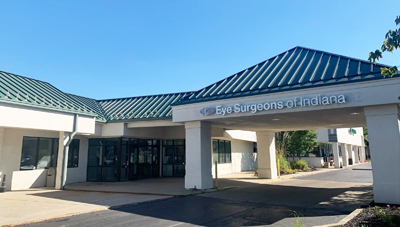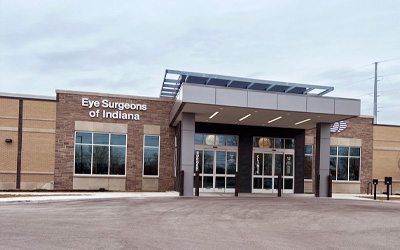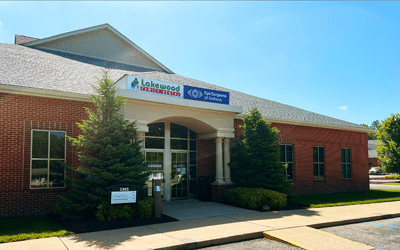Retinal Vein Occlusion
What is a retinal vein occlusion?
The retina receives its blood supply from tiny, delicate vessels called arteries. Veins drain blood away from the eye. Smaller veins (branches) drain into a larger vein (central retinal vein). Occasionally, an artery will press up against a vein and cause it to close off. Closure can occur in a branch retinal vein (BRVO) or the central retinal vein (CRVO). This process blocks the circulation out of the eye, and causes retinal hemorrhages, swelling (edema), and permanent changes to the retinal circulation.
Who is at risk?
Vein occlusions typically happen to people over the age of 50. Risk factors include diabetes, high blood pressure, high cholesterol, and history of smoking. Younger patients who develop an occlusion may have a blood or inflammatory disorder (lupus or sarcoidosis, for example). A CRVO, in some cases, can be caused by uncontrolled eye pressure.
What are the symptoms?
Symptoms of a BRVO include a sudden, painless loss of a portion of the visual field. Rarely, the first symptoms of a chronic BRVO would be a sudden increase in floaters. A CRVO causes a sudden, painless loss of central vision. Typically, the vision loss is much more severe in a CRVO than a BRVO.
What will my doctor see?
A retinal vein occlusion can only be properly diagnosed during a dilated eye exam. The outside of the eye will look completely normal.
A BRVO will cause hemorrhages and decreased circulation in one section of the retina. These hemorrhages may take months or even years to resolve. Swelling in the central portion of the retina (macular edema) is found in 60% of cases. If the circulation is damaged significantly, the eye will compensate for this by creating new blood vessels (neovascularization) to nourish the retina. These abnormal vessels never work properly, and often leak. This may cause the back cavity of the eye to fill up with blood (vitreous hemorrhage).
A CRVO will cause retinal hemorrhages and decreased circulation throughout the entire retina. CRVO almost always causes macular swelling (edema). If the circulation is poor enough, abnormal blood vessels will develop in the front of the eye. This process can lead to a blinding disease called neovascular glaucoma, which is extremely painful and may even lead to total loss of the eye.
What treatments are currently available?
- Macular edema – Laser may be recommended for persistent macular edema. Laser is very effective in patients with a BRVO. CRVO patients rarely notice a significant increase in vision following a laser procedure. Steroid and Anti-VEGF injections are also used regularly to treat macular edema in both BRVO and CRVO.
- Retinal neovascularization – Abnormal retinal blood vessels develop in about 25% of BRVO patients and rarely in CRVO. These vessels may leak and cause a vitreous hemorrhage at any point. Laser treatment is recommended for patients who develop retinal neovascularization, and this greatly reduces the risk of vitreous hemorrhage. Anti-VEGF medications are also effective in treating neovascularization.
- Neovascular glaucoma – This occurs almost exclusively in eyes with CRVO, specifically ischemic CRVO. Ischemia is a term used to describe extremely poor circulation. If early changes signaling potential neovascular glaucoma are detected, extensive laser treatment will be recommended. This greatly reduces the likelihood of developing this potentially blinding complication. CAN A RETINAL VEIN OCCLUSION BE
Can a retinal vein occlusion be prevented?
There is no way to completely prevent a vein occlusion. Controlling risk factors such as high blood pressure, cholesterol, and diabetes is important. A blood thinner such as an aspirin may be recommended for some patients. In patients who have developed a vein occlusion, the lifetime risk for developing an occlusion in the other eye is about 10%.
Future
Many treatments are currently being investigated to treat macular edema associated with retinal vein occlusion.

